The hottest technique in thrift flips these days is to resurface something outdated with a “cement-like” finish. It’s pretty simple really, you just mix baking soda and paint together, but I still had questions about the mechanics of this combination and how I might be able to change it to achieve different techniques. Whenever I have questions like that, I turn to my Dad who is a retired chemical engineer. (See some of the other science + craft projects I’ve consulted with him on at the end of this post.) If you have similar questions, give the video below a watch. He’s clearly the smartest guy in the room. 😉
For reference, my questions are in bold, his answers below. It’s everything you ever wanted to know about paint + baking soda — or laxatives? What?!
For those who prefer to read than to watch a video, here are the deets:
Why does mixing paint with baking soda create a concrete-like texture?
Well there are really three things we need to talk about:
- concrete which is what you’re trying to emulate
- paint, particularly latex paint water-based, how it behaves and what is involved and
- baking soda or sodium bicarbonate/bicarbonate of soda whatever term you want to use.
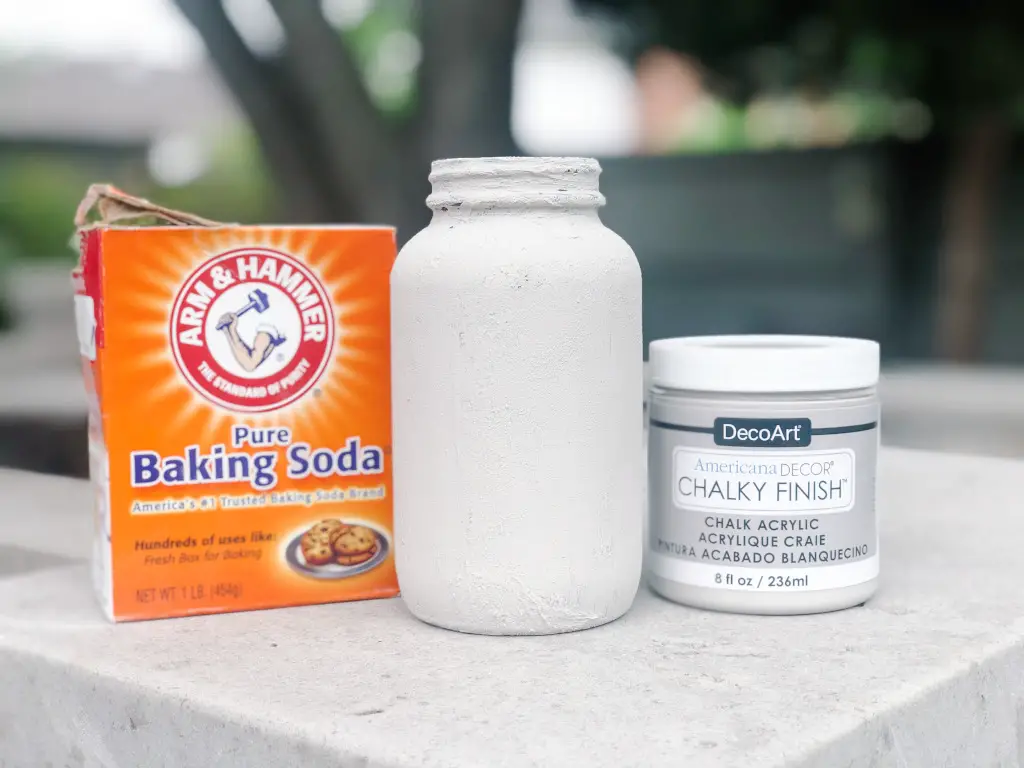
Concrete is really a composite material and that’s why it looks kind of grainy. It consists of aggregate which is really rocks and stone which are the size of what you might find in your driveway, sand, and then some kind of cement or adhesive. Usually, it’s Portland cement that will bind everything together plus water and when it sets, it starts drying and causes the aggregates to bond to each other.
The sand compacts it together and so you end up with something that has that grainy appearance that you see in concrete.
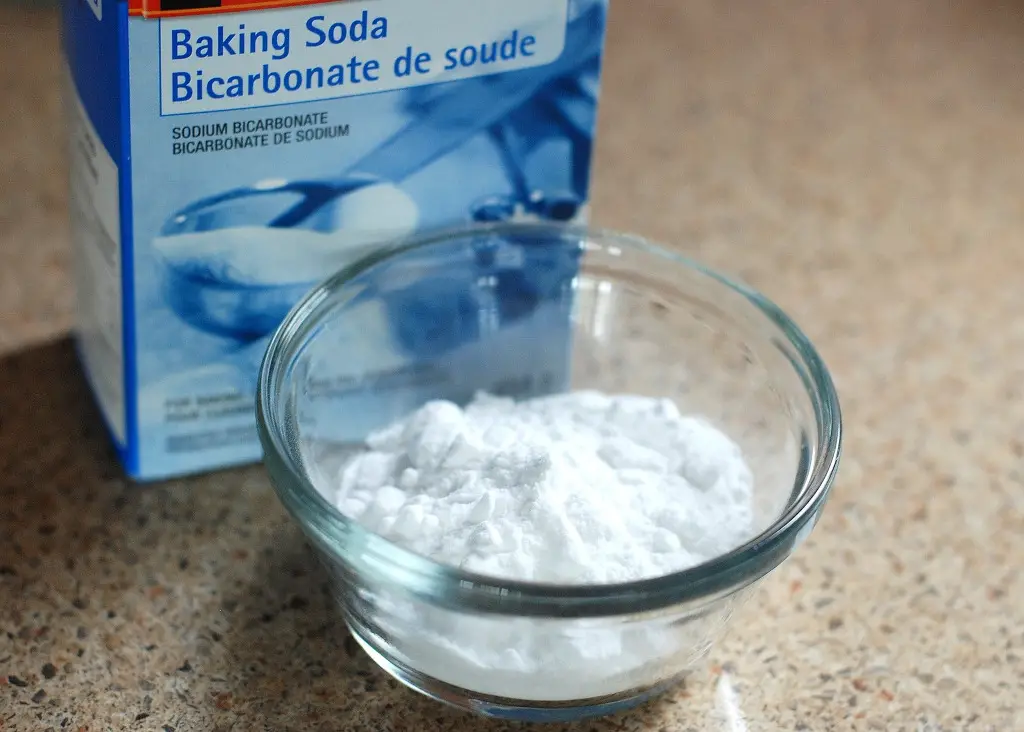
When you paint a surface, you want an end result that looks like a continuous film. The latex paint is another composite – an acrylic polymer that is a film-forming material emulsified inside the water system that it’s in when it’s in the wet state.
Emulsifying, is just like homogenizing milk. If you homogenize milk you’re taking the raw milk that tends to have separate layers for cream and the rest of it, and breaking down the fat particles small enough so that they will stay in emulsion. You do the same thing with paint. You’re taking the film-forming part of the paint, the acrylic polymer, and emulsifying it but you’re doing something else too. If you only emulsified the acrylic polymer you would end up with a transparent or non-descript film so you must also put pigments in to give it the color that you want.
Pigments are solid particles that are ground up very small, usually, metal oxides or metal compounds so when the paint dries the emulsion breaks and that film-forming material has embedded in it those paint those pigment particles that give it the color.
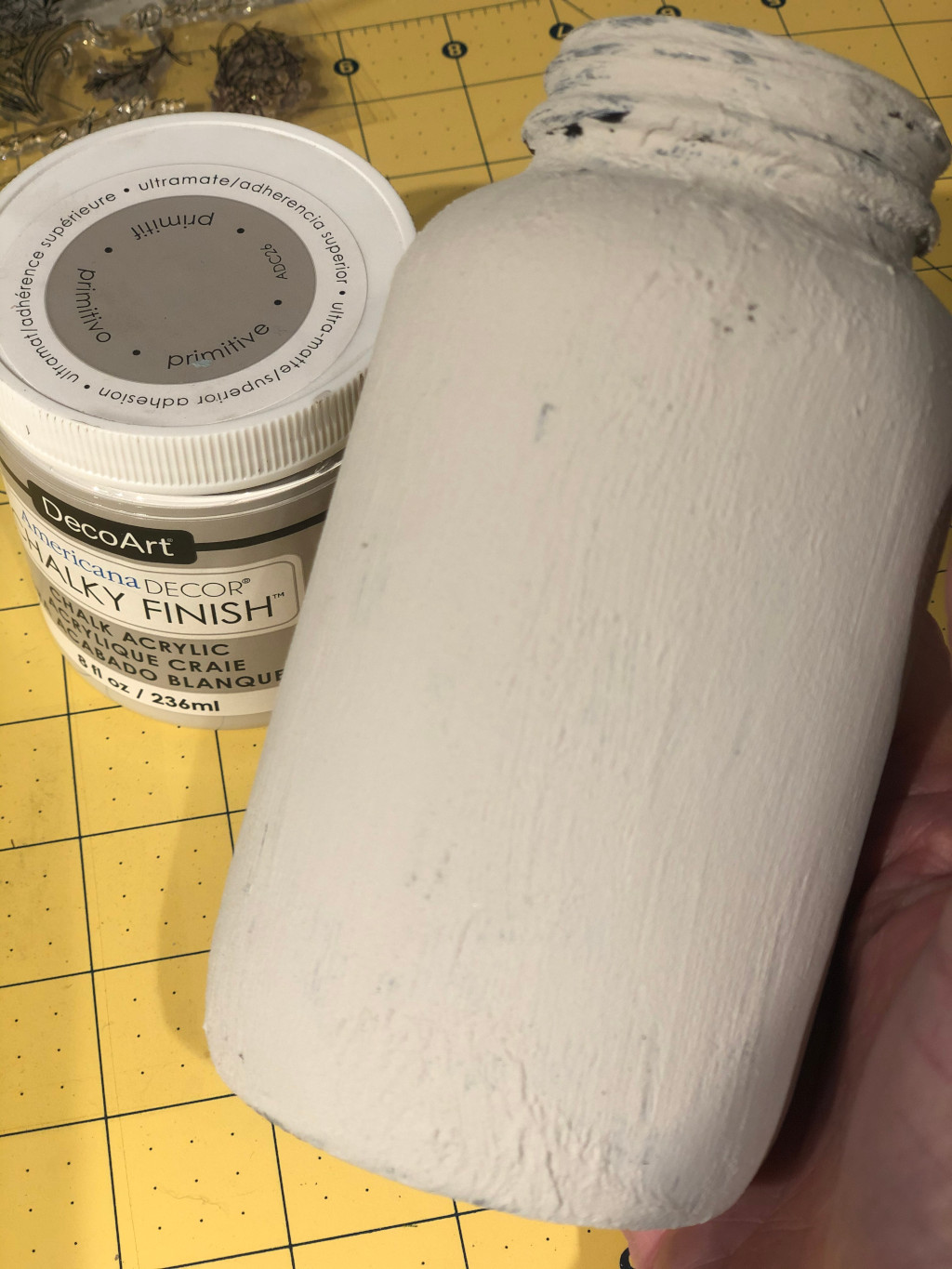
Sodium bicarbonate is actually a lye molecule that has captured carbon dioxide. That is sodium hydroxide which is lye plus carbon dioxide forms the bicarbonate molecule and becomes a solid.
If you’re making bread and you’re using baking soda, you want the baking soda to give up its carbon dioxide to cause the dough to expand. But if you are familiar with baking, and I know you are because I’ve eaten some of the great things you make (shucks, thanks Dad!), then you know that if you’re going to be using baking soda versus baking powder that you need something activate it, whether it’s lemon juice, metal oxide or eggs or something else.
These things are all slightly acidic compounds that cause the bicarbonate to give up its carbon dioxide causing the dough to expand.
Question: Can baking soda get old and it lose its effectiveness?
Yes, because some of it is giving up a little bit of its carbon dioxide so it’s losing some of its effectiveness. It’s like anything else it can get old and not as effective. The difference between baking soda and baking powder is that baking powder is only 30% sodium bicarbonate and the rest of it are active ingredients and other things you want in it so you don’t have to add the acid to it well.
Question: Can you use baking powder to have this same effect but maybe not as nubby?
Well, you might but let’s go a little bit further and come back to that question.
When you put the baking soda in the paint the metal oxides that are the pigment in the paint are the activator for the sodium bicarbonate to give up its CO2. So what’s happening is the paint is giving up CO2 slowly which is causing the emulsion of that acrylic molecules or polymers that are going to form the film did not form as complete of a film, so it starts to look a little bit grainy.
How fast you give out that carbon dioxide affects how grainy it’s going to look and if you’re using baking powder instead of baking soda the CO2 is going to be coming out a lot faster because you’ve got all the things you need there already for it. It would probably still work but you might have to use a different ratio of ingredients.
Remember when you’re baking, you are using less than one percent of baking soda within your total amount of material because you have only one or two cups of material and you put maybe a quarter of a cup of baking soda in it something like that. If you had baking powder that’s only a third as much baking soda, it’s going to behave differently. It might still work but it would behave differently.
Question: Sometimes we see people say use a ratio of half and half and sometimes they say use a third does that really matter?
Well sure, because it’s going to affect how fast that carbon dioxide is being given off and therefore how grainy or discontinuous that film begins to look.
Question: Does it make it dry faster if you put more in it?
Doubt if it would cause it to dry faster because the drying is really the water evaporating from the surface and I don’t think the baking soda is going to affect that a lot. it might dry a little faster because you have carbon dioxide coming off and taking some of the water with it but I wouldn’t think it’d be a major effect. Maybe a bit if you put more in.
Question: Does the combination of the baking soda with the paint affect the properties of the paint, like would it be more likely to chip? Does it effect the adhesive qualities of the paint?
I’m not sure it degrades the adhesive properties because that’s the acrylic polymer bonding to the surface, but if you used a lot and it really looked grainy, it may tend to flake off more. I’m not sure it would chip but it would possibly flake or rub off more.
Question: Are there any other household products that are cheap and would have an interesting effect like maybe a crackling effect or an aged effect?
The effect you’re getting with the baking soda and paint is caused by the CO2 that is given off and there are not a lot of other things that are going to give off the CO2 so the crackling effect that you are after you would get by putting something in that I think that was not compatible with it. Something that was fibrous, like cotton, or some of the fibrous things you have in cooking.
Question: Okay, what if I ground up rice?
No, try something like laxative pills, they are a fibrous material. Give your paint a laxative! Try something like Metamucil.
Question: Okay, what about baking soda with liquid Rit dye?
Dyes and pigments are different things. Pigments as I described for the paint are well dispersed solid particles that react with the sodium hydroxide to give off the CO2 and that’s what gives you the textured clay effect.
Rit dyes, like others, are acidic so they would activate the sodium bicarbonate, so it probably would work. Although it probably would work differently so you’ve got to play with it to find out how much of each to put in. An experiment might be to use paint with baking soda and powdered root dye. You could just put the baking soda in the paint and then add the Rit dye, stir it up and see what happens. It would probably give off the CO2 faster because now you have the metal oxides in the paint and the acidity of the dye too. You might want to use less baking soda and mix up the ratios to see what effects you get.
Well, that’s some fun stuff to try. I’d be interested to find out what some of your hobbyists do and how it turns out. I’ve not done these experiments myself, so I can only tell you what I think would happen from a scientific point of view.
So, that was my dad’s explanation for the textured clay effect of mixing baking soda and paint. Dont’cha just love him? And it looks like we have a challenge. So if you go ahead and try the baking soda, paint and Rit dye experiments, make a note of ratios and send me a picture of your creations.
Ask Dad
A girl always needs her Dad, right? My retired professor of chemical engineering father is super helpful and explains things we all have questions for. There are quite a few posts where he weighs in. Look for his cute photo for sciencey insight from Dr. John!
See more Ask Dad posts:
DIY Shrinky Dinks
How to Make Fake Water
How to Make Colored Wooden Bead Garlands
What is in Piggy Polish and is it really safe?
The Science Behind Baking Soda & Paint Textured Clay Effect

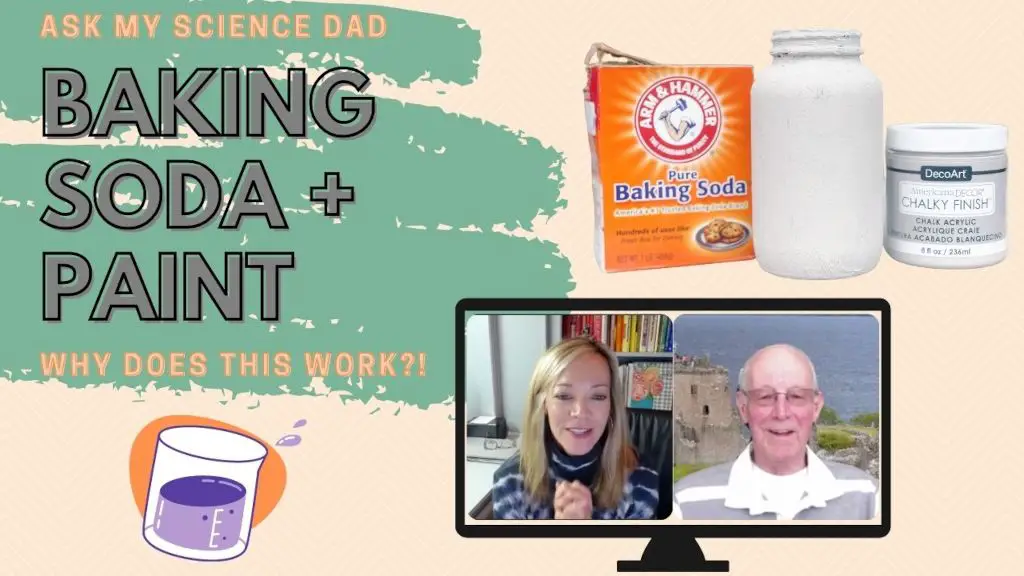
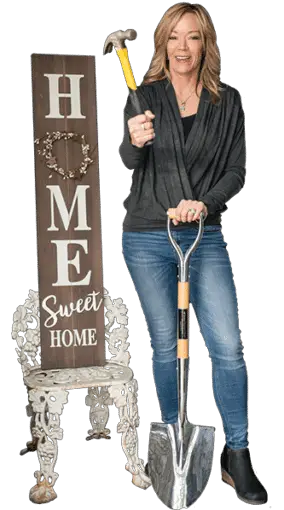 What’s your happy place? Crafting? Cooking? Cocktails? Party planning? Yes please! I love it all, and I’ve tried a lot. Check out my how-to’s! What should we do next?
What’s your happy place? Crafting? Cooking? Cocktails? Party planning? Yes please! I love it all, and I’ve tried a lot. Check out my how-to’s! What should we do next?


Thanks for the great info.
(I love… how You love your Dad!)
Awww, thanks!
How much baking soda in small can of paint.
Hi Judy, I’d recommend a ratio of 2 parts paint to 1 part baking soda to start. See if you like that consistency. If it’s not thick enough, continue to add baking soda until it’s the way you like it. Good luck!